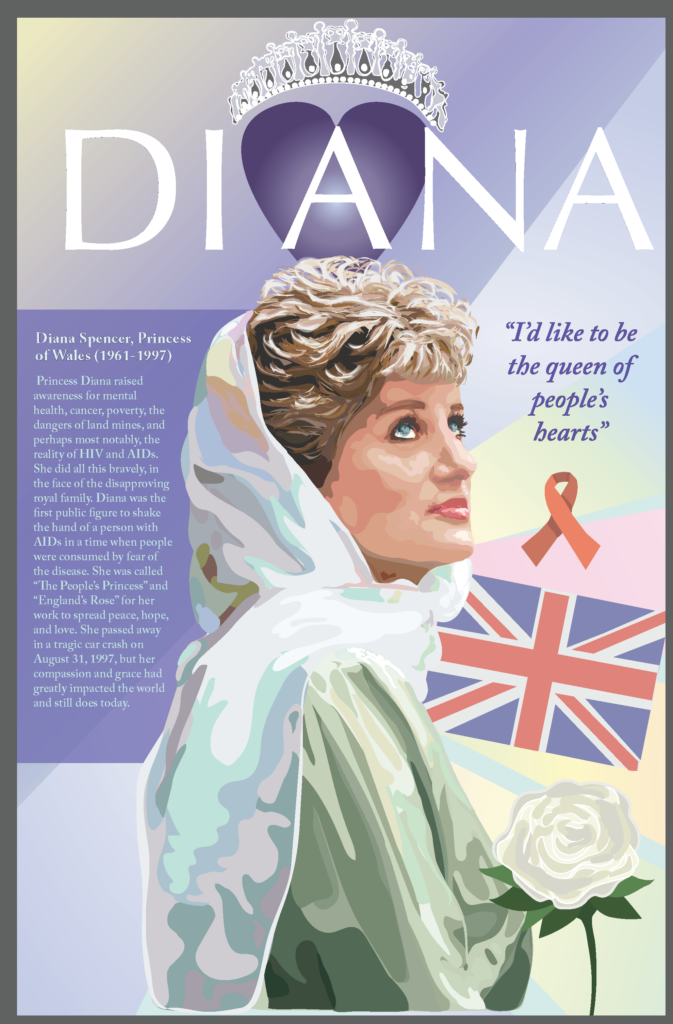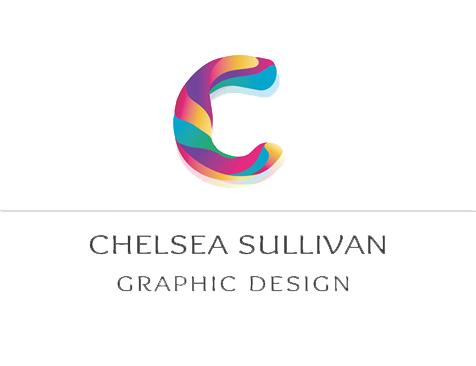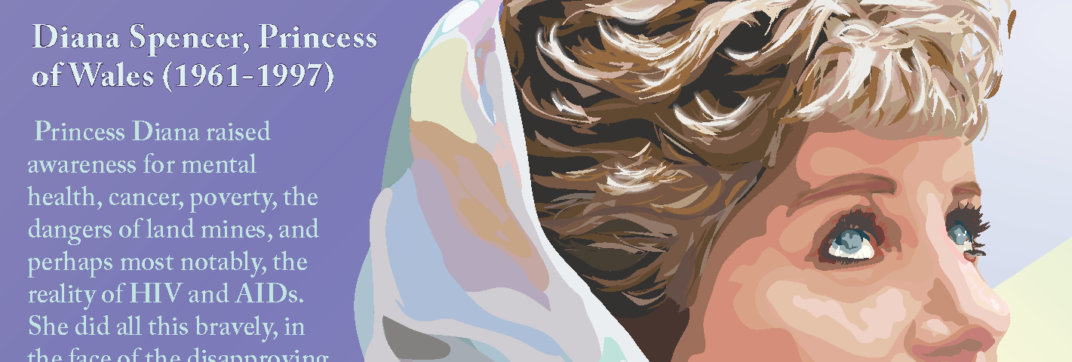Winner of 2019 Mount Wachusett Community College
Graphic Design Showcase: Best Digital Illustration
Hero Illustration Project: Princess Diana
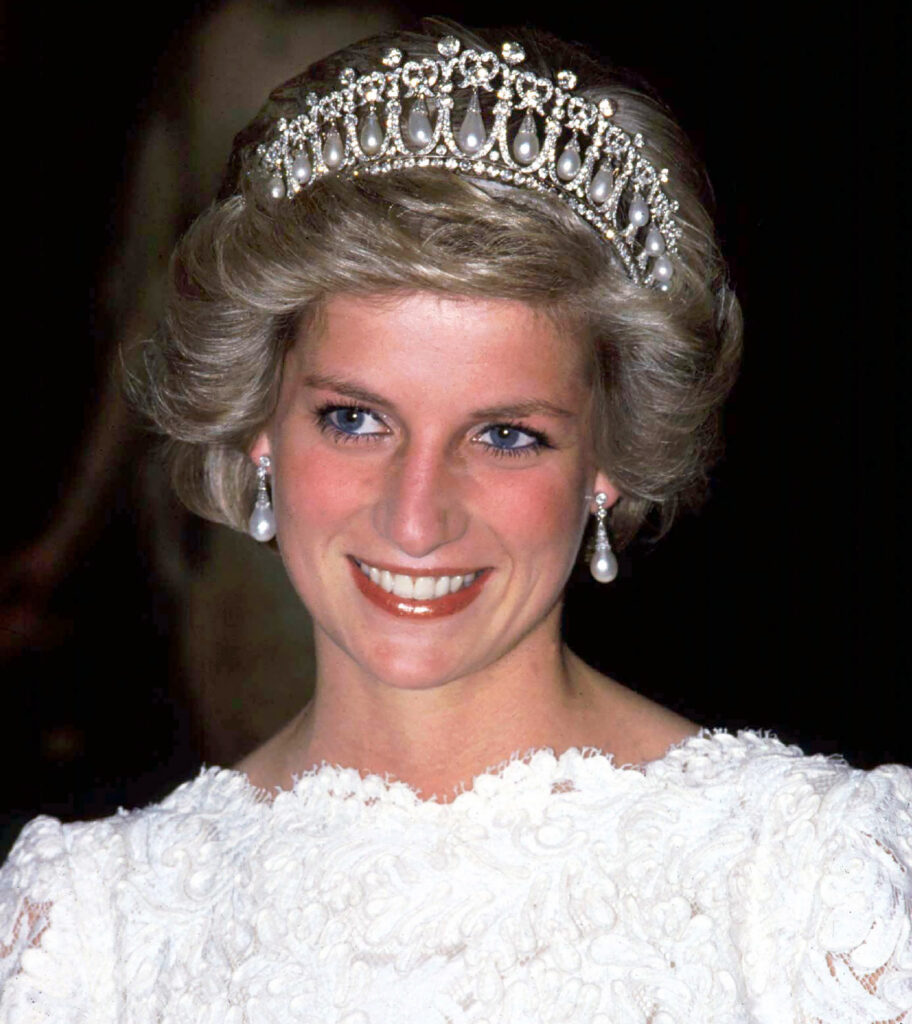
This portrait was my very first deep dive into Adobe Illustrator. I had never used it at all before taking my Digital Illustration class, but shortly after getting my feet wet in the program, I knew this was a very interesting and unique medium for vector artwork. This big assignment entailed me finding a well-known hero in history or in modern day that I could both write a research report on and create an extremely detailed portrait of them based upon an existing photo.
Her Life and Legacy
-Diana was born Diana Frances Spencer to a notable family in Sandringham, United Kingdom on July 1, 1961. Her parents were Edward John Spencer, Viscount Althorp and Frances Ruth Burke Roche Viscountess Althorp. Diana became known as Lady Diana in 1975 when her father inherited the title of Earl Spencer. In her interviews for her autobiography, Diana described a childhood wrought with the feeling that she was a nuisance to her parents, who were disappointed she wasn’t a boy. Her parents divorced when she was young and her father won custody. Though she had a privileged upbringing in terms of material possessions and luxury, Diana described lack of affection at home. Perhaps related, Diana developed an interest and love for children. After school in Switzerland, she moved to London and became a kindergarten teaching assistant.
-Diana grew up around the royal family, but it wasn’t until her late teenage years she became re-acquainted with Prince Charles, who was 13 years older than her. The media was fascinated with the relationship, and their wedding on July 29, 1981 was broadcast to millions around the world. She had two sons, Prince William, and Prince Harry.
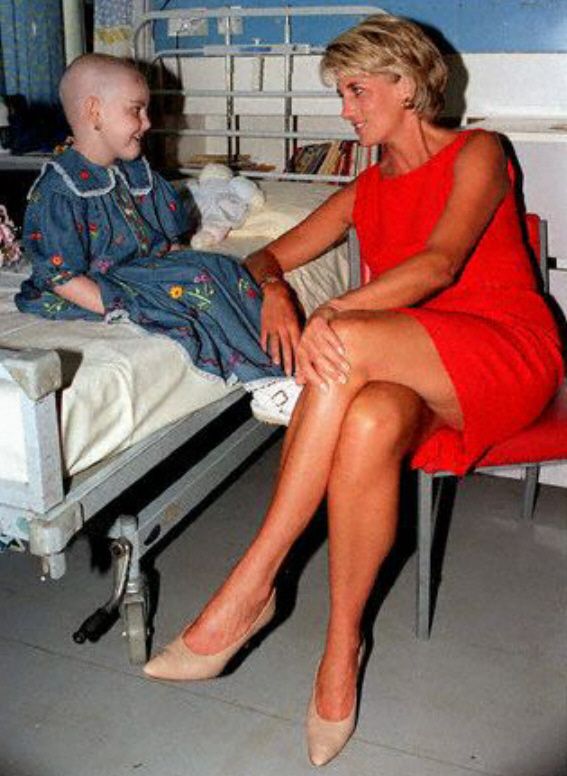
-Diana went above in beyond in her work in charity and humanitarian efforts. She became notable for her great compassion for children and the sick. She was involved in scores of charities, helping the homeless, cancer patients, and children.
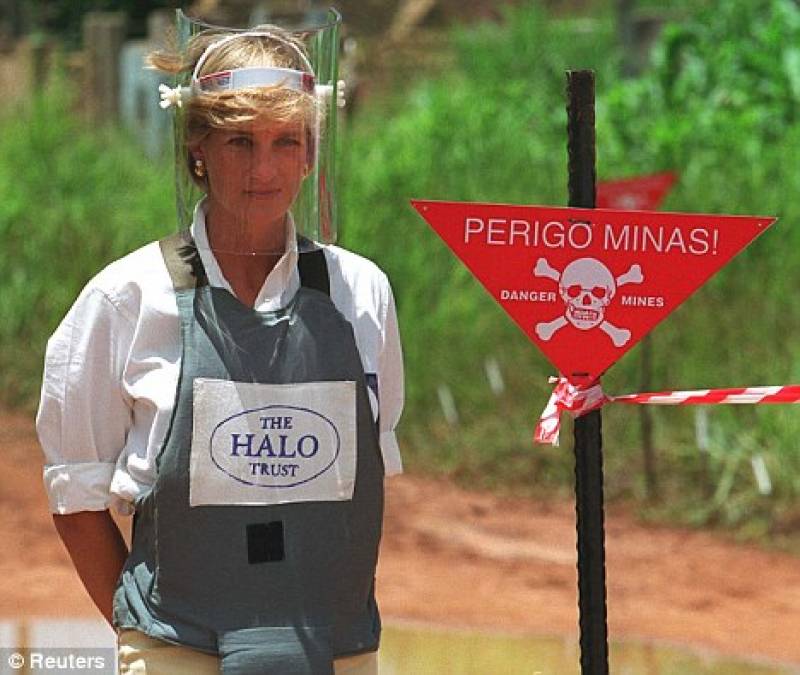
-Diana visited Angola in 1997, putting her safety at risk to walk through a minefield, which was captured by the BCC. She had great compassion for amputees, particularly in Angola after she learned this country had the largest number of amputees due to land mine explosions. She campaigned for not only clearing minefields, but banning them altogether to prevent people from suffering the reality of losing limbs.

-In the 1980s, the AIDS virus was sensationalized and speculated upon. Fear had spread amongst the public, which turned into discrimination, simply from ignorance of the disease. People were reluctant to even touch a person with AIDS as misinformation spread. Diana changed the world’s perspective on AIDS when she entered Britain’s first AIDS ward at Middlesex hospital. She was photographed shaking hands with an HIV-positive patient. Her compassion for people raised awareness for the disease. Members of The National AIDS Trust and members of the LGBT community recognized her as an ambassador and revolutionary change-maker for how she embraced and advocated for sufferers of HIV and AIDS.
-Diana also was an advocate for people suffering from leprosy, breaking down the stigma, always touching patients and embracing them, rather than rejecting them.
-Around the time Diana divorced Prince Charles in 1996, she’d opened up about the troubles with their marriage and her battles with mental health. She had suffered from depression and bulimia. She spoke about it at a time when such topics were still taboo, especially for a royal. She was a great advocate for those suffering from mental illness, particularly women.
-After Diana was killed in a tragic car crash in Paris in 1997, The Princess Diana Memorial Fund was set up to receive the donations that poured in from the public. Public and community groups donated around $44 million. After the fund was closed in 2012, there had been over $145 million given to different charities, carrying on Diana’s incredible philanthropic and charitable legacy.
The Power of an Image
Choosing the correct picture for the illustration was a long process. Diana had many very iconic looks over the years and many stunning photos were taken of her. I considered showcasing her wearing her signature crown. However, after the research I had done, I realized I needed to show a more down-to-earth side of her. I found a stunning candid photo taken of her wearing a headscarf while she was visiting the Al Azhar mosque in Cairo, Egypt, in 1992. This beautiful image was taken by Tim Graham. This photo seems to showcase her almost ethereal or angelic-like qualities and says so much more about her character than I felt a traditional princess image would.
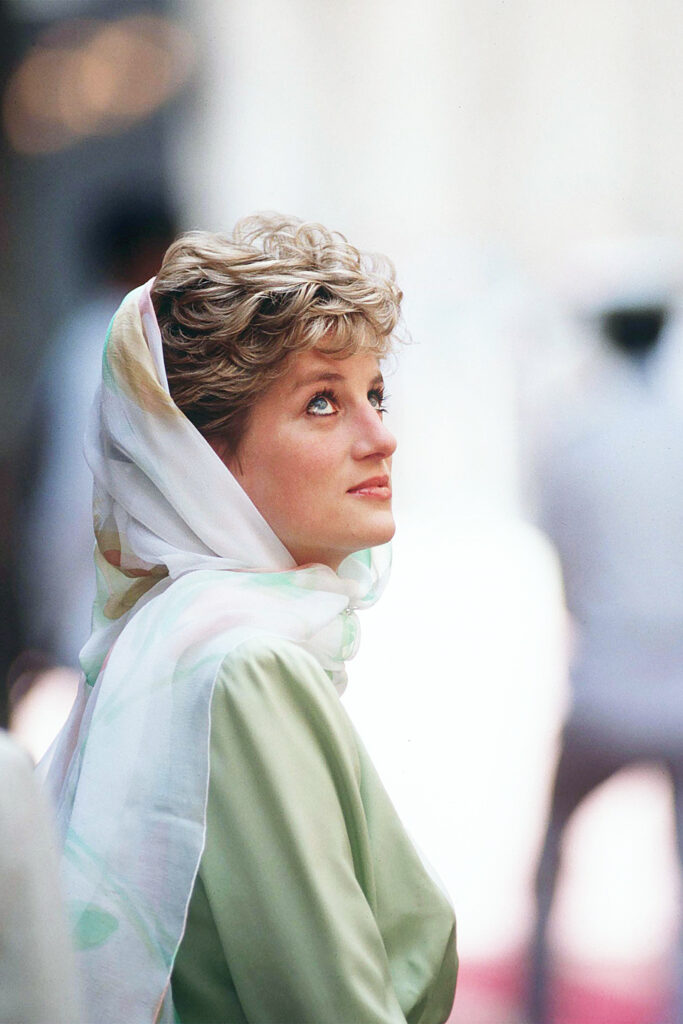
The Process
Creating a vector portrait is a very long intensive process. The basic short explanation I give to people is that it is one layer at a time. Everything in programs like this is about layers of shapes on top of other shapes. You tend to separate the parts of the illustration with layers for the hair, eyes, clothes ect. Each of these scores of layers has hundreds of sublayers. To effectively create these shapes from a photo, you must take the picture and posterize it in Photoshop so you can trace the more present shapes in the face that you wouldn’t be able to get in its normal form. The colors of the shapes will be taken from the semi-transparent image, and is very muted in color in this first part of the process. Little by little, the portrait starts to take form. The hair was certainly the most time-consuming and hardest part of the process.
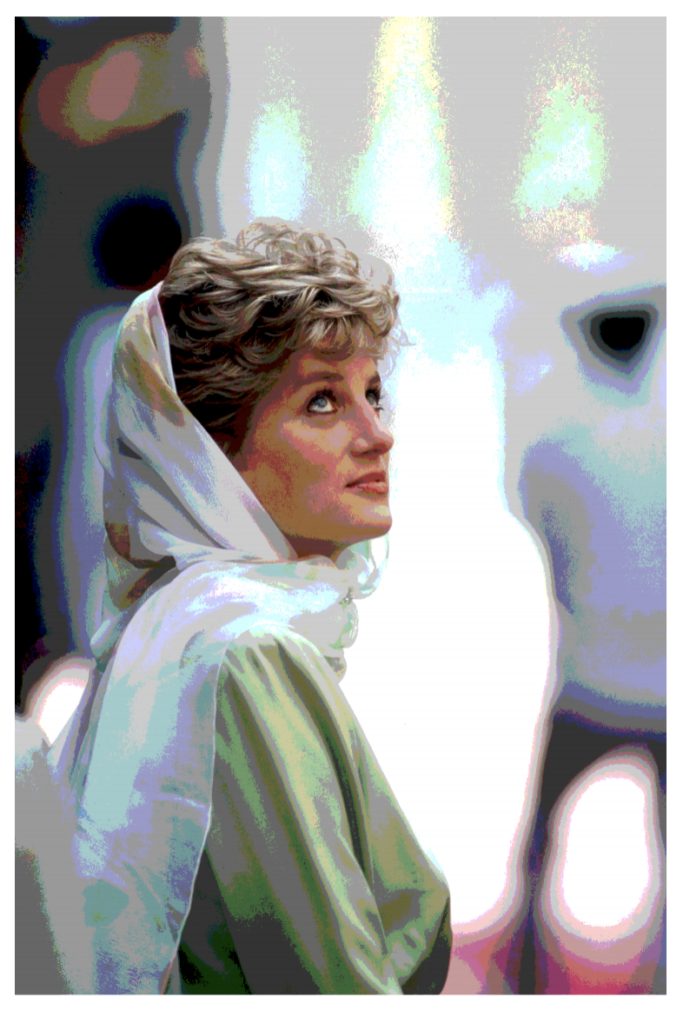


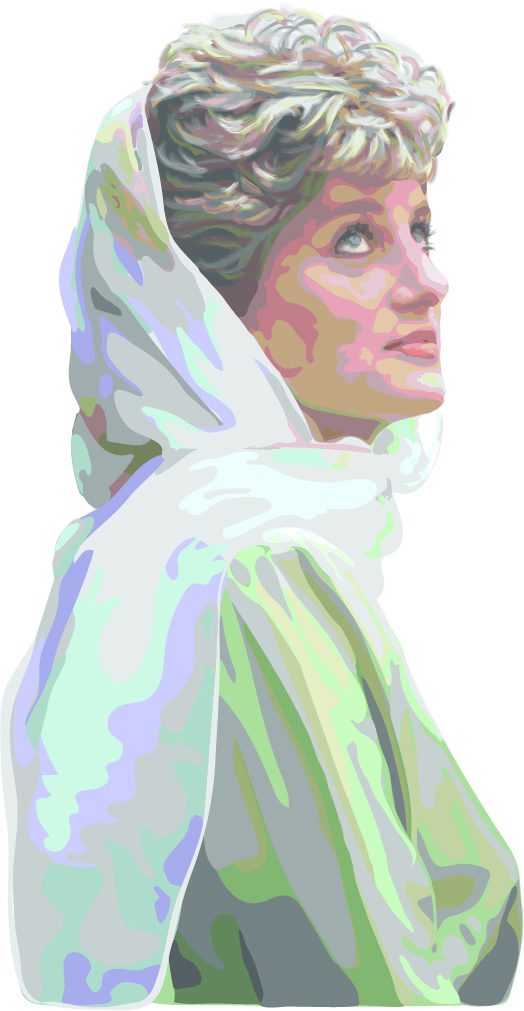
From there, the skin tones are re-colored to show more warmth and vibrancy like the original photo and the color variations in the shapes are minimized to make the skin and clothes look smoother and more realistic. Just Diana’s portrait with no background took roughly 50-75 hours altogether.
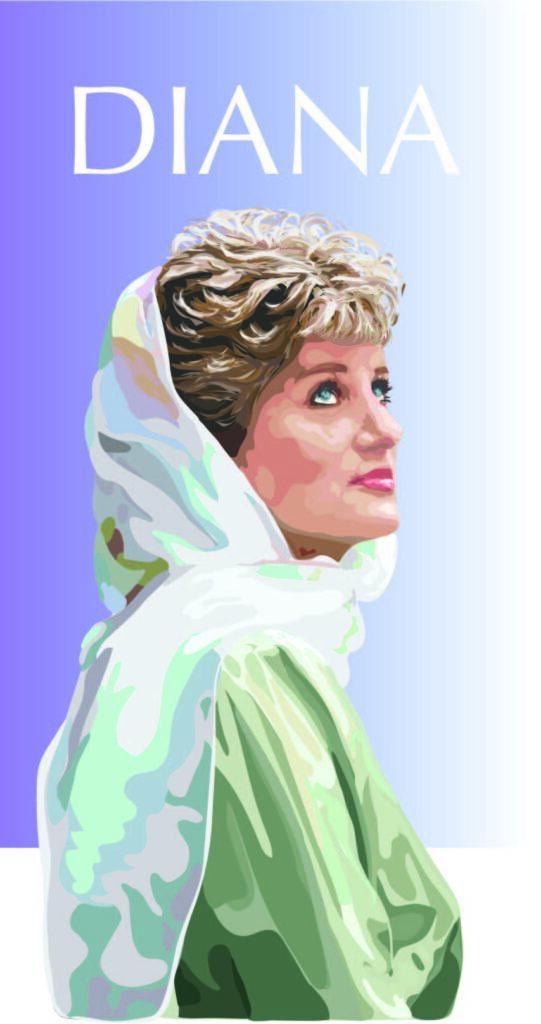
Creating the Final Poster
The last elements for the poster were objects all inspired by Diana’s life and legacy. I included the crown Diana wore and placed it over her name as well as a royal purple heart to sum up her love for people and the quote I added for the project. I also added the union jack, the red AIDS awareness ribbon, and the white rose, inspired by Elton John’s tribute song to her. I matched some of the colors in the background to the colors in her scarf, creating an almost stained-glass design to showcase her angelic nature.
